Not every old car is a classic, and not every classic is a collector’s item. Ask ten people the difference between vintage, classic, and collector cars, and you’ll probably get ten different answers—most of them only halfway right. These terms get thrown around a lot, but they each have their own meaning depending on context, era, and sometimes even insurance policies.
This article clears up the confusion by walking through real cars that represent each category. From prewar rarities to ‘60s muscle legends, we’ll use the cars themselves to explain what these terms actually mean—and why it matters.
1929 Duesenberg Model J – What Makes a Car “Vintage”
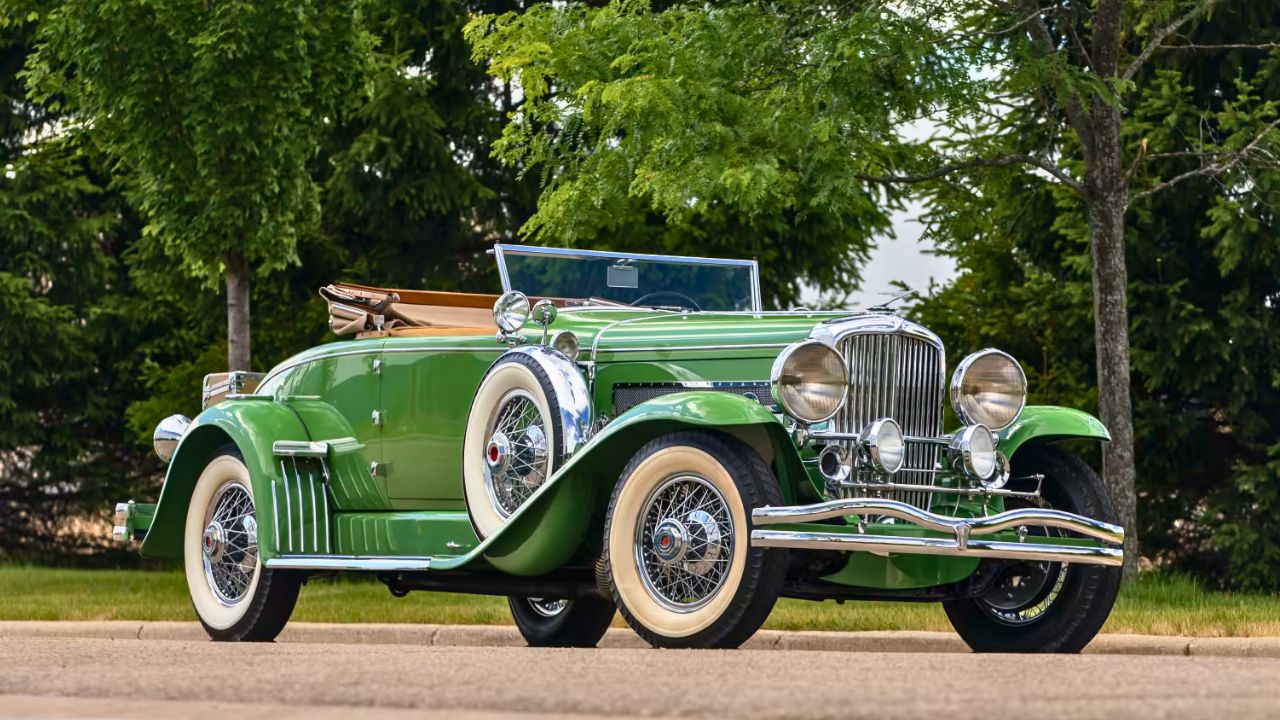
The term “vintage car” generally applies to vehicles built between 1919 and 1930, and the Duesenberg Model J is a textbook example. Introduced in 1928, this American powerhouse boasted a straight-eight engine with 265 horsepower—a staggering figure for its day.
The Model J was more than just fast. It was a symbol of pre-Depression wealth and craftsmanship. With custom coachwork from elite builders like Murphy and Derham, the Duesenberg became a rolling showcase of luxury. Cars like this sit at the top of the “vintage” category, both in age and prestige.
1957 Chevy Bel Air – A True “Classic”
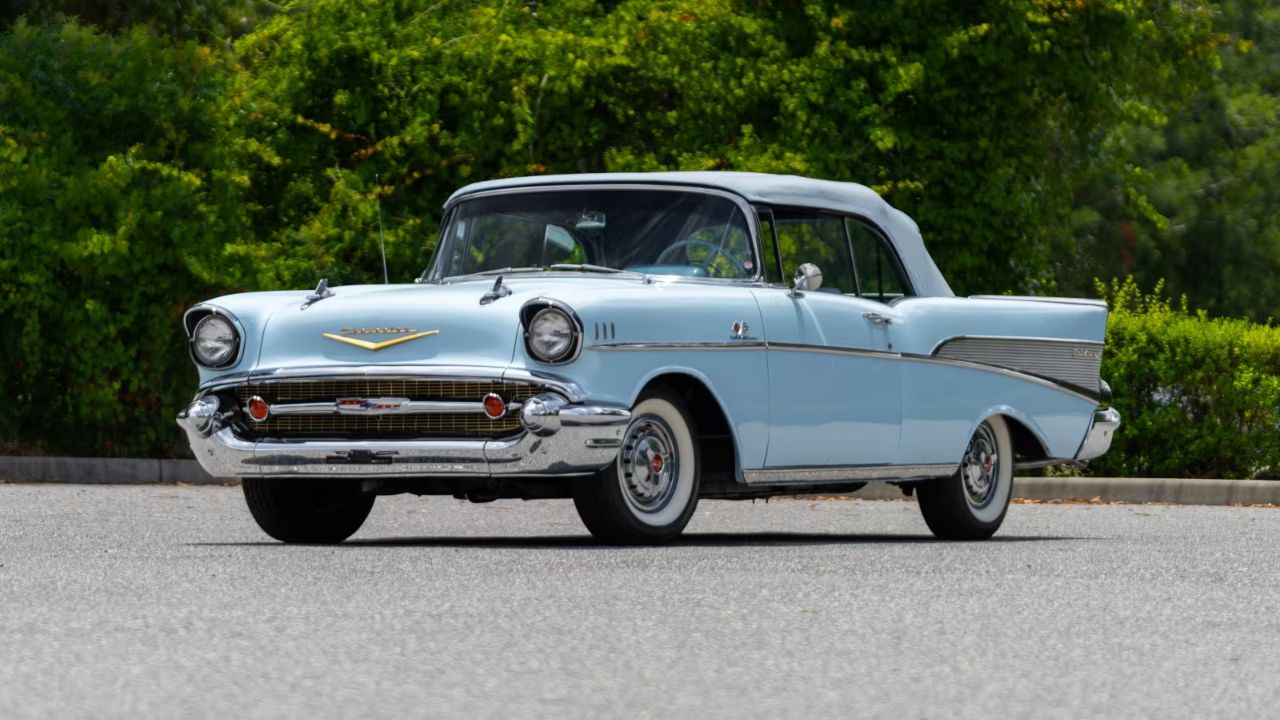
When people picture a classic car, the ’57 Bel Air is usually one of the first to come to mind. With its iconic tailfins, wide chrome grille, and optional 283 V8 engine, it embodied the optimism of 1950s America. Power ranged from 185 to 283 horsepower depending on configuration.
In most states and collector circles, a car over 20–25 years old qualifies as a classic, but the Bel Air stands out due to its enduring popularity and cultural impact. It’s a car that defined a decade and still draws crowds at cruise-ins today.
1964 1/2 Ford Mustang – Collector Cars Start Here

The original Mustang is more than a classic—it’s a certified collector’s item. Introduced mid-year in 1964, the first-run Mustang sparked a revolution in affordable performance. Its base 170-cubic-inch inline-six wasn’t much, but V8 options like the 289 gave it muscle.
Collector cars often gain their status from a mix of originality, historical importance, and demand. The Mustang nailed all three. Early production models, especially with rare options or low miles, fetch high prices because they represent the start of a cultural shift.
1931 Ford Model A – Vintage with Mass Appeal
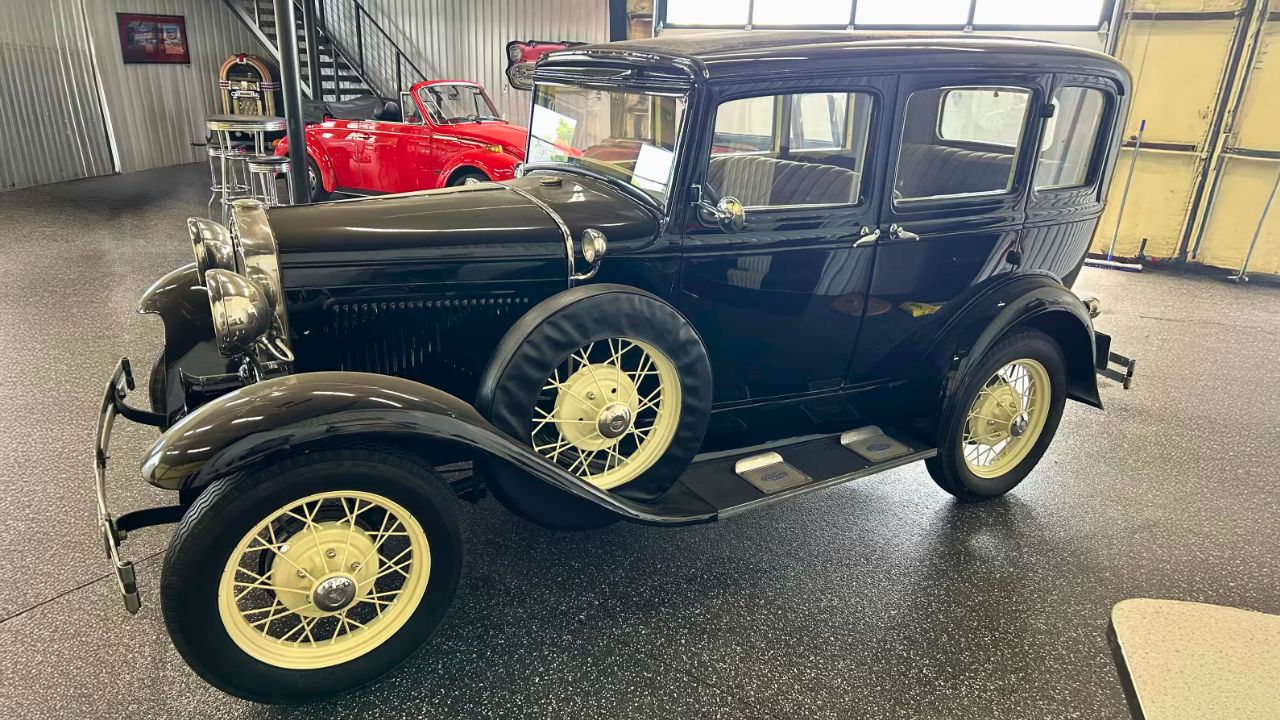
Following the Model T, the Ford Model A marked a leap in styling and drivability. Produced from 1928 to 1931, it offered four-wheel mechanical brakes, a 3.3-liter inline-four, and a wide range of body styles.
Unlike the ultra-rare Duesenberg, the Model A was made for the masses, with nearly 5 million built. Its availability and charm make it a great way to own a true vintage car without needing a museum. It’s proof that vintage doesn’t always mean expensive.
1969 Dodge Charger R/T – A Muscle Classic Worth Collecting
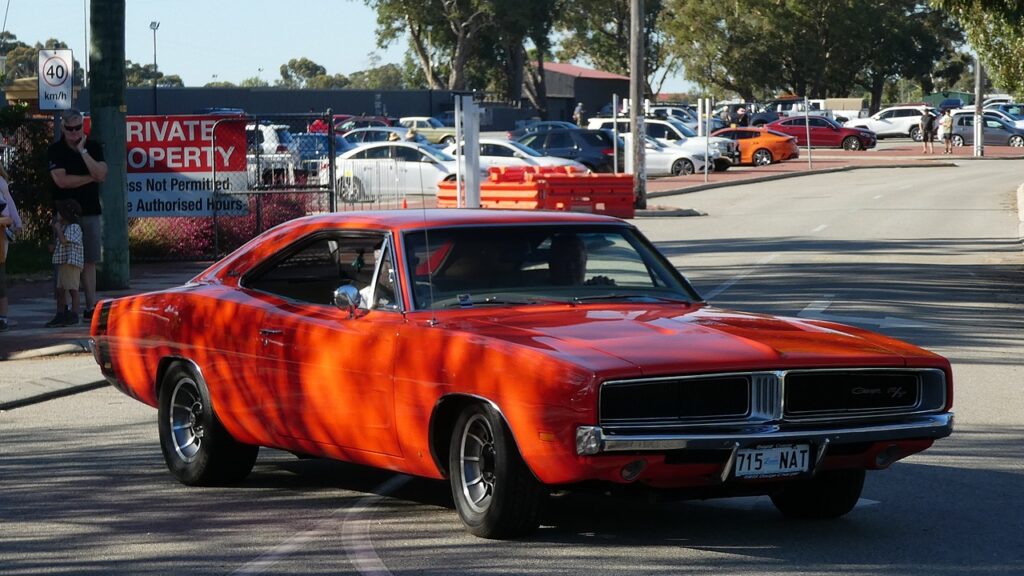
With its Coke-bottle profile and hidden headlights, the ’69 Charger R/T is easily one of the most recognizable muscle cars ever made. Especially when ordered with the 440 Magnum or 426 HEMI, it backed its looks with serious firepower.
This car walks the line between classic and collector. It meets the age requirement, but specific trims and engine options are what drive up collector value. A base model might be considered simply a classic, but an R/T HEMI is a collector-grade investment.
1987 Buick GNX – Young But Collectible
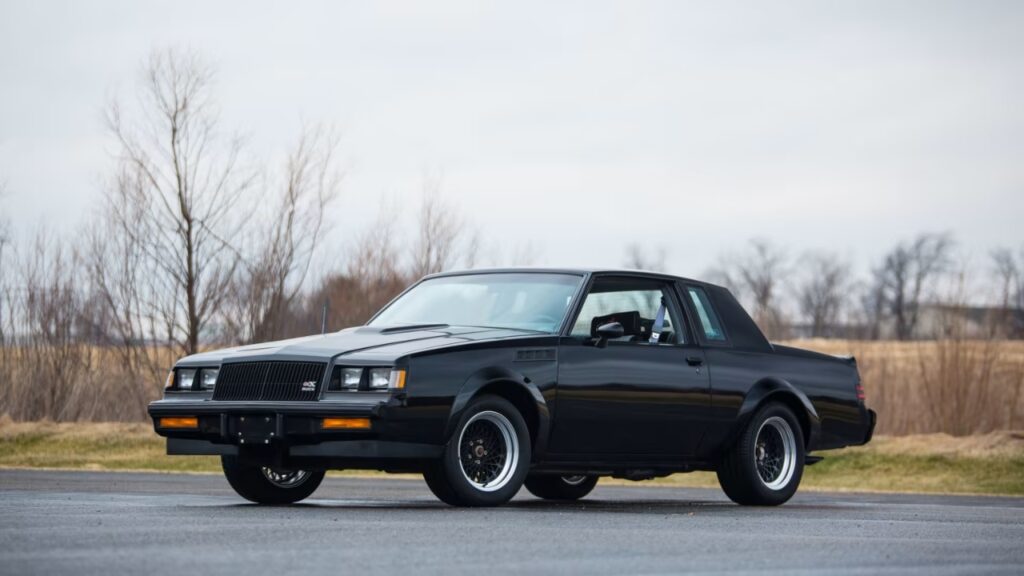
The GNX came at the tail end of the muscle car era and used turbocharging to beat just about everything on the street. Its turbocharged 3.8L V6 made 276 hp and 360 lb-ft of torque, numbers that embarrassed V8s of the time.
Though not “classic” by the 25-year definition until recently, the GNX’s limited production run (547 units) and outrageous performance make it collector-grade. Cars like the GNX show that being collectible isn’t just about age—rarity and story matter just as much.
1970 Plymouth Superbird – Classic, Collector, and Cult Legend
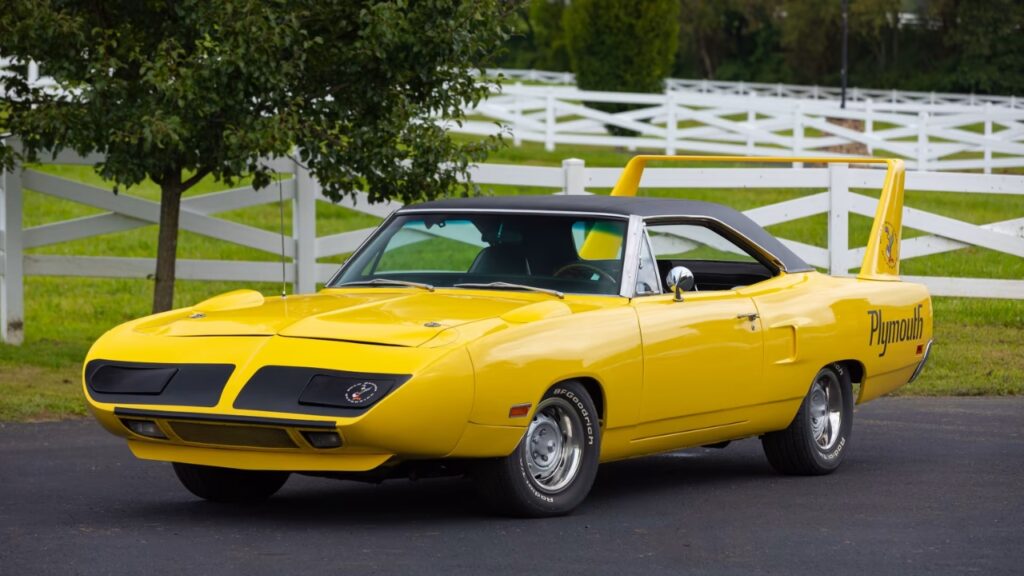
Built for NASCAR and only sold for one year, the Superbird is everything at once. It’s a classic due to age, a collector car due to rarity, and a legend thanks to its outrageous nosecone and wing. Under the hood, it came with either a 440 or a 426 HEMI.
It’s not just the specs that give the Superbird value. Its pop culture legacy and connection to the aero wars of the late ’60s cement it as a collector’s trophy. It checks every box and then some.
1936 Auburn 852 Speedster – Vintage With Style

Few cars define vintage elegance like the Auburn 852 Speedster. Its boat-tail rear, supercharged straight-eight engine, and art deco styling made it a standout when new and a high-ticket item today.
It represents the end of the vintage era with a flourish. Auburn was gone by 1937, but their Speedster lives on in collections and concours events. It’s vintage, but anything but forgotten.
1992 Ferrari F40 – The Collector’s Supercar

The F40 barely qualifies as a classic by age, but it’s pure collector material. With a 2.9L twin-turbo V8 pushing 471 hp and a curb weight under 2,500 pounds, it was the last Ferrari signed off by Enzo himself.
Production was limited, and values have only gone up. It’s not “vintage” or “classic” in the traditional sense, but it’s revered for what it represents: the rawest expression of a supercar before electronic aids took over.
1955 Mercedes-Benz 300SL Gullwing – All Categories at Once
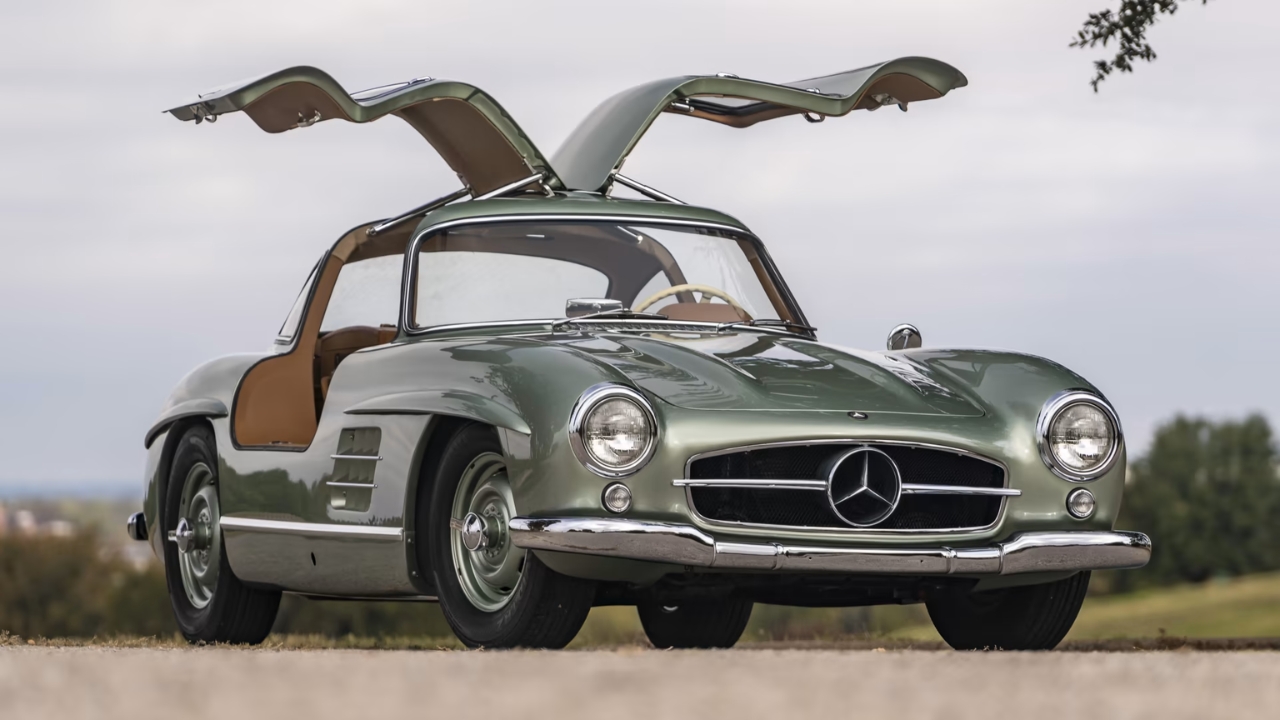
Few cars cut across categories like the 300SL Gullwing. Introduced in 1954 with its trademark doors and fuel-injected inline-six, the 300SL hit 160 mph and redefined what a road car could do.
It’s a vintage European sports car, a collector staple, and undeniably a classic. Whether it’s parked at Pebble Beach or heading to auction, the Gullwing represents the sweet spot where all definitions overlap in one legendary shape.
Like what you read? Here’s more by us:
*Created with AI assistance and editor review.

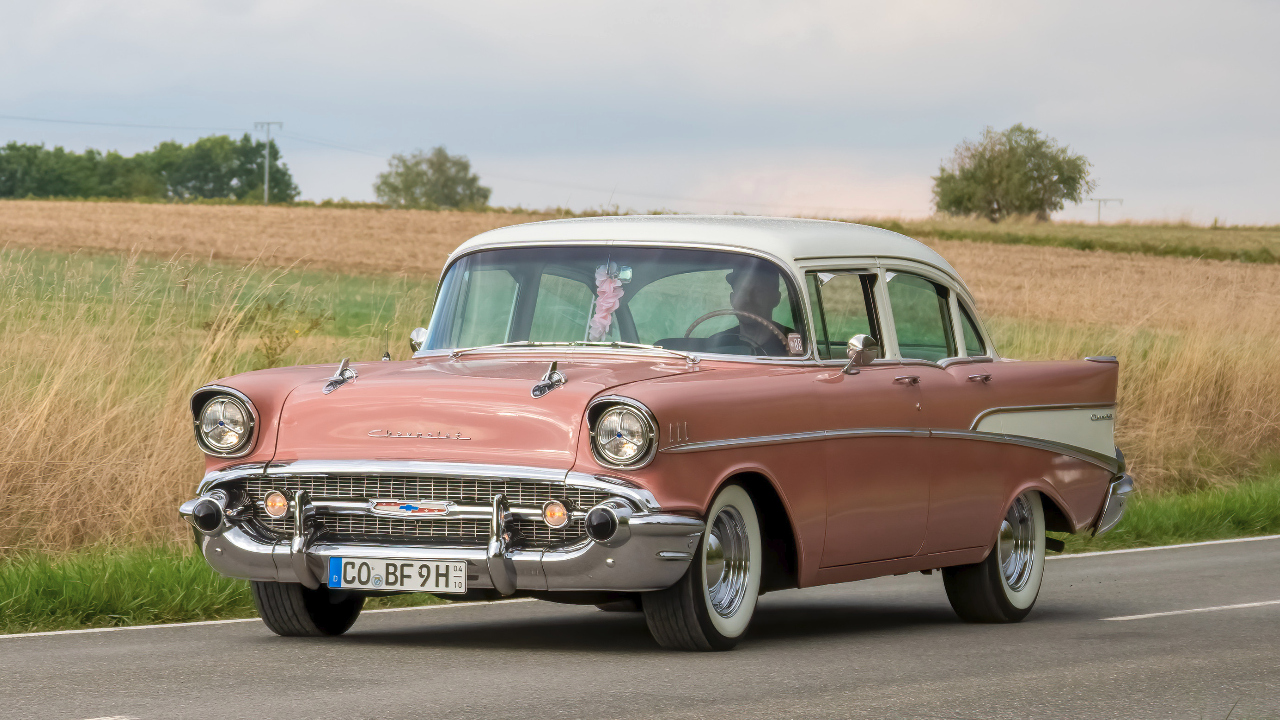



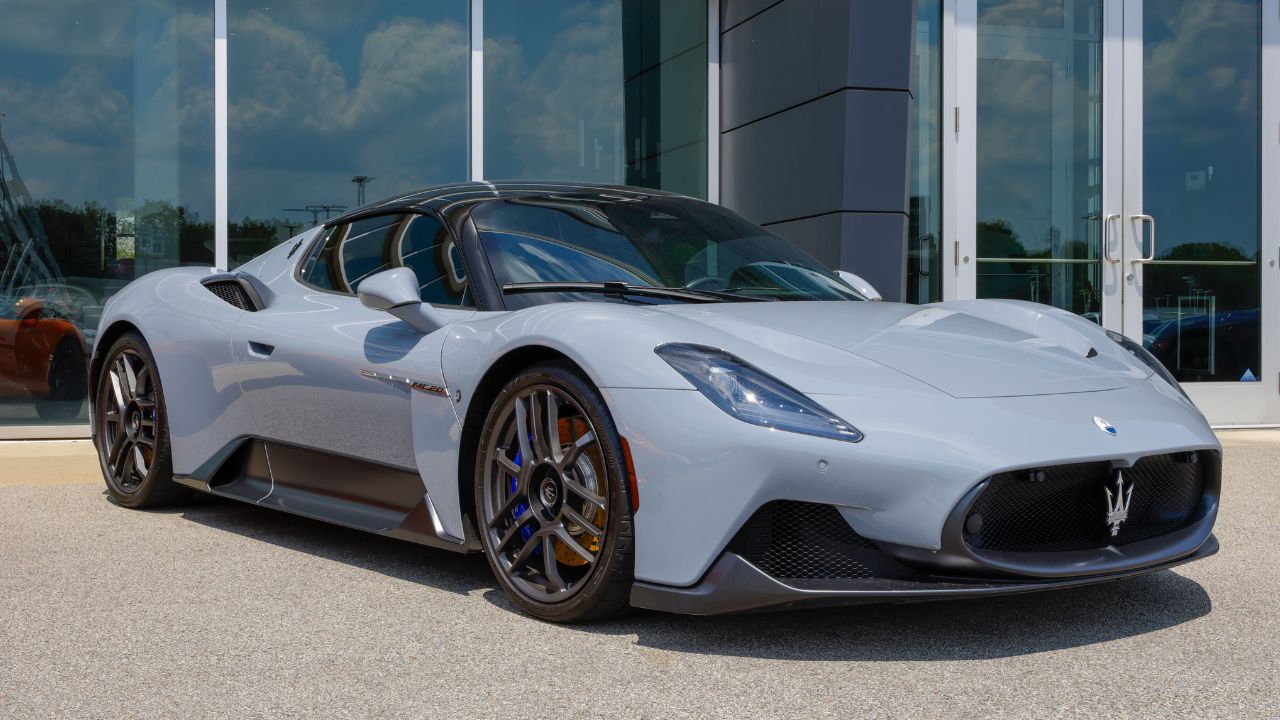

Leave a Reply